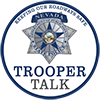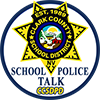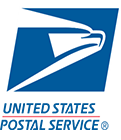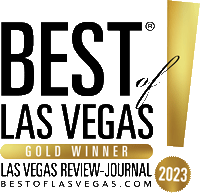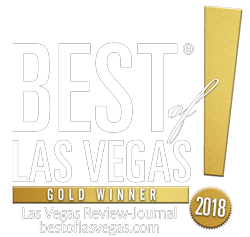#1 Buffalo Nickel Buyer Las Vegas & Henderson
History
Perhaps the most popular five cent coin among collectors is the “Buffalo” or “Indian Head” Nickel. It was introduced as part of the ongoing interest originally initiated by Theodore Roosevelt to beautify United States coinage. Beginning in 1913 and continuing through 1938, these coins were minted at the Philadelphia, Denver and San Francisco mints. In the first year of mintage, two distinct varieties were struck, the first showing an American Bison on the reverse of the coin standing on a mound, and the second showing the Bison standing on a redesigned base referred to as a plain, (after the Great Plains, noted to be the area that the animals were indigenous to). In actuality, according to the designer, James Earle Fraser, the bison used as the model for the coin was named Black Diamond and was housed at the Bronx Zoo. It has been determined however that Black Diamond was never at the Bronx Zoo and was instead from the Central Park Zoo. The name buffalo was used due to the extensive use of the colloquial term generally favored by the public for the American bison when referring to the animal even though it is an erroneous term. The “Indian” on the obverse was actually a composite of three different Native Americans who modeled for the image. Regardless, both the Native American and the Buffalo images have led to this coin being extremely popular and widely collected.
The obverse of the coin displays an image of a Native American “Indian” brave, the designer choosing this image to distinguish it from the image of an “Indian Chief” being used on the $2.50 and $5.00 gold pieces in circulation during that same time period. Along the edge of the coin, even with the brow and nose of the Indian is the word, “Liberty”. The date of mintage appears just below the neck of the image. The reverse of the coin displays the aforementioned American Bison standing on a mound in the first year of mintage and later that year on a plain, which would remain until the end of the series. The words, “United States Of America” as well as the motto, “E Pluribus Unum”, appear along the bison’s back. The denomination, displayed as, “Five Cents”, appears below the bison, while the mintmark is just below the denomination at the bottom of the coin. The five cent piece weighs 5 grams with a composition of 75% copper and 25% nickel. The diameter of the coin throughout the series was 21.2 mm.
Value
There are many notable varieties that form the key-dates of the series, however most coins in the series are relatively easy to obtain with most common dates in good condition valued at no more than $1.00 to $2.00. Because the surface is highly prone to wear from circulation, it should be noted that well worn examples may only be purchased for two to three times face value by a dealer. Common date coins in high mint state are valued between $40 and $80. Most of the unique varieties or key-dates involve overstrikes of the date where one of the numerals has been struck “over” the existing numeral. These overstrike varieties in high mint state condition can range from a few thousand dollars to over $350,000 in the case of a gem mint example of the 1918 D with the 8 struck over the 7. Perhaps the most famous and sought after variety is the 1937 D 3-legged buffalo. Because of an issue with the die strike, the buffalo appears to have his right front leg missing. These coins in high mint state can be worth in excess of $50,000.
Because there are so many varied opinions on the condition (or grade) of a coin, the aforementioned values reflect the highest retail prices that have been obtained for those coins that have been assessed by a third party grading company. Such coins have been authenticated, graded and encapsulated by expert coin grading companies to minimize any doubt as to their quality and value and therefore their potential worth.
We Buy Buffalo Five Cent Coins
We want to buy your coins and as a business it is our pledge to offer you the best value for your coins, however, always remember that the prices you may find online or in price guides usually represent the highest retail value for the coin in an already certified condition. As a trusted dealer we will have our coin specialists evaluate your coins at no cost and offer you a price that is both fair for you, but that also allows us to realize a reasonable profit.















